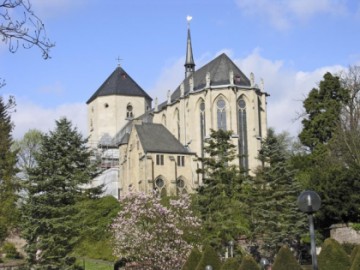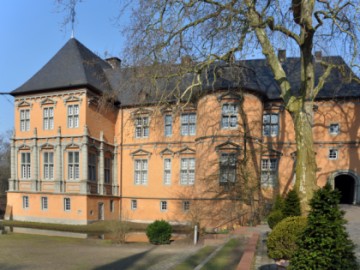Monchengladbach: Football, Ecology and Avant-Garde
The Westphalian city of Monchengladbach is famous for its football team and numerous parks, thanks to which the city can be described as a "metropolis surrounded by nature". People come here to visit the Basilica of St. Vitus. Part of the tablecloth is kept in the basilica, with which, according to legend, the apostles’ table was covered at the Last Supper. Walks in the nature, photography with wonderful views of the Niers river are the second important point of the program in the city. A Rhenish meal with meat - the most famous local dish-will be a fitting accompaniment of your vocation.
Cafes, bars and restaurants in Monchengladbach
See all
Restaurants
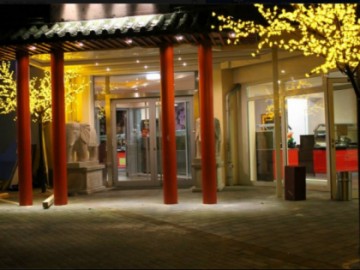
168Mongulive
Restaurant • Catering
+49 2166 6213298
Payment methods:
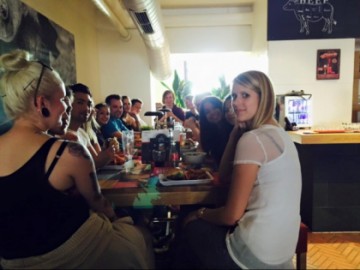
Burgerliebe
Steak House • Fast Food • Catering
+49 2161 4649828
Payment methods:
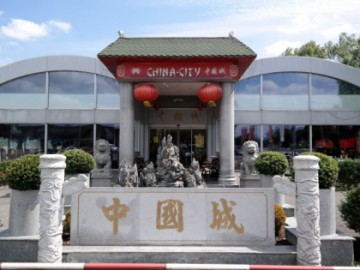
China City
Restaurant
+49 2161 963813
Payment methods:
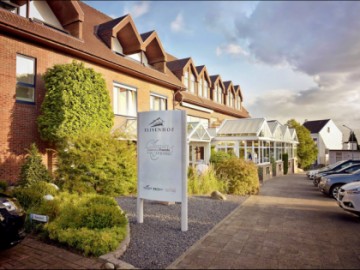
Classics & Trends
Restaurant • Hotel
+49 2166 9330
Payment methods:
All sights in MonchengladbachSee all
Landmarks in the city Monchengladbach
Nearby
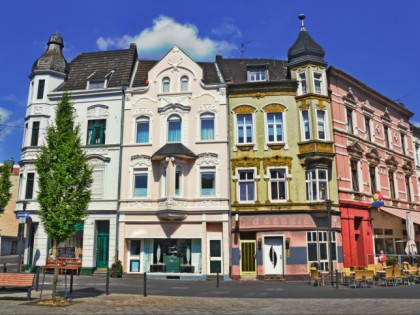
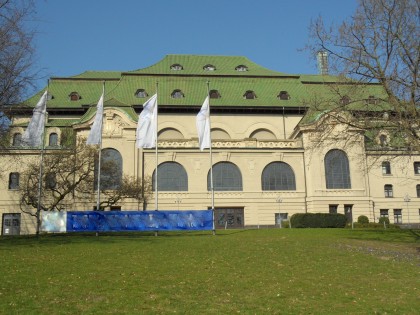
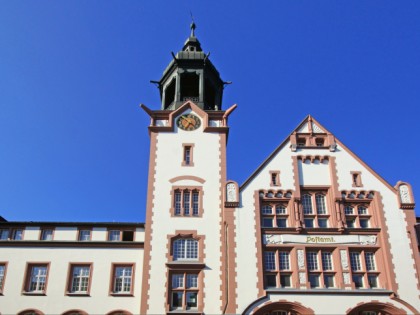
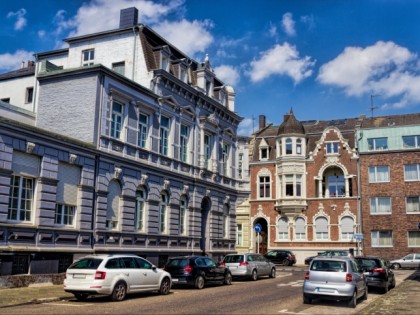
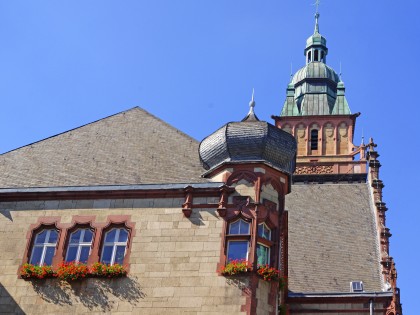
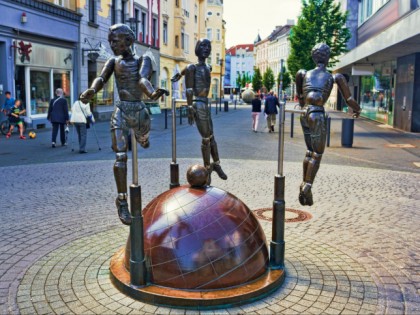
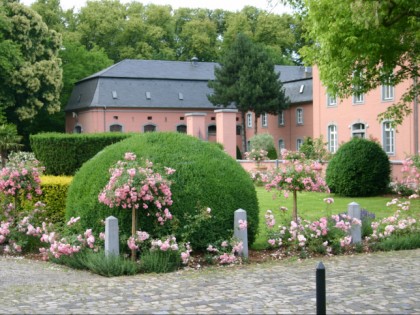
 Castles, Fortresses and Palaces
Castles, Fortresses and Palaces
 Museums and Exhibitions
Museums and Exhibitions
 Architectural Monuments
Architectural Monuments
